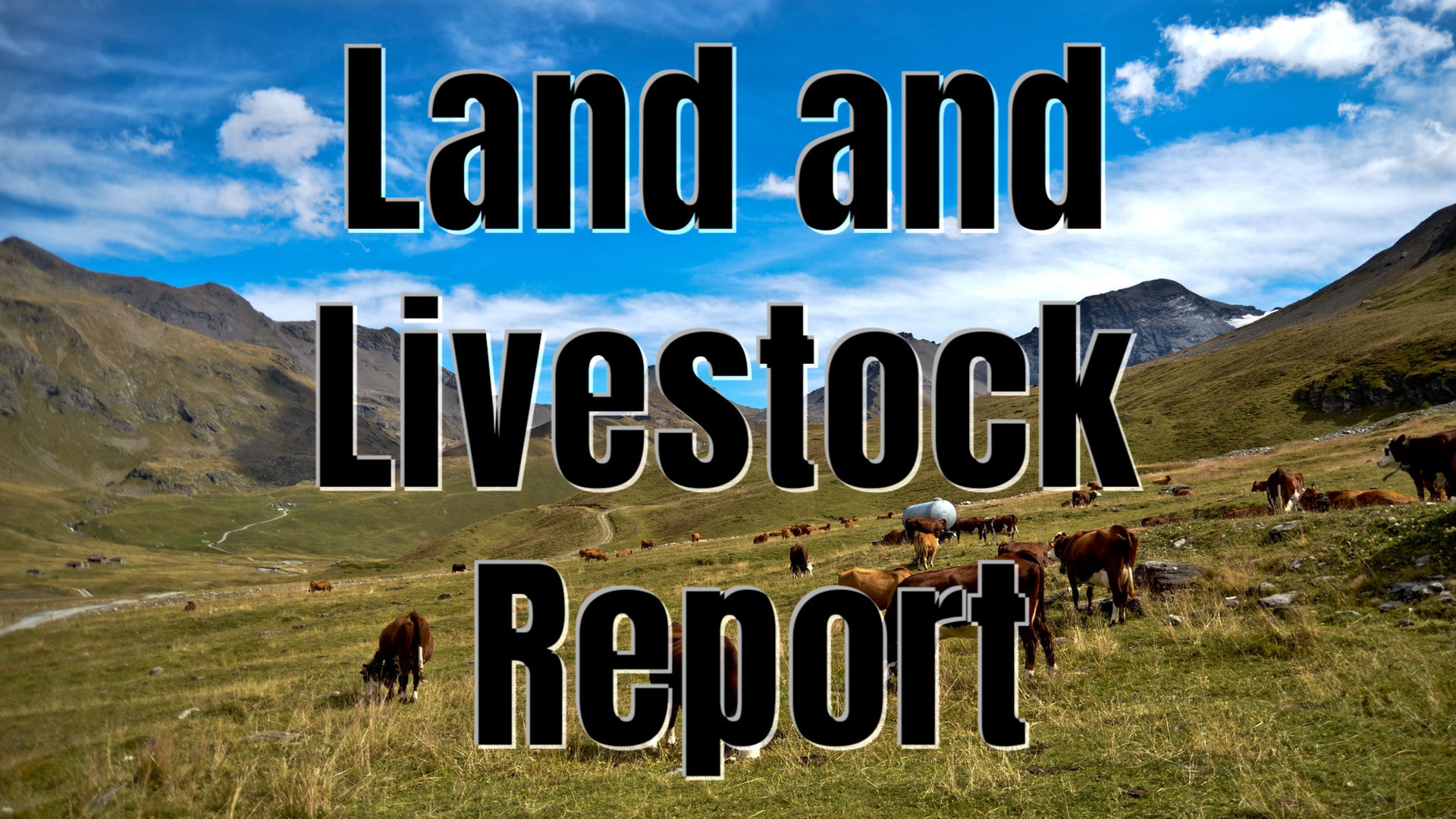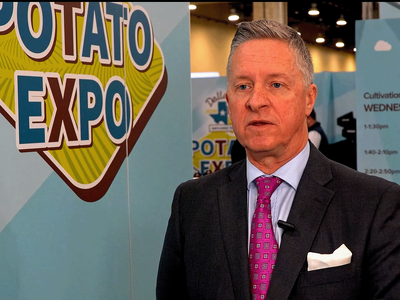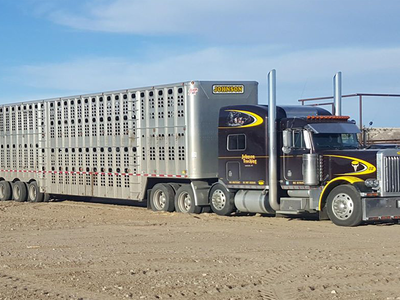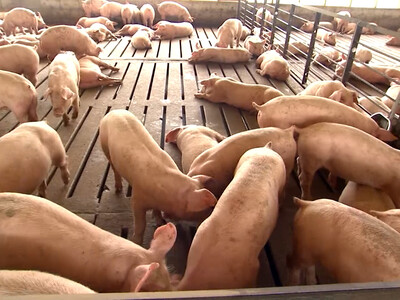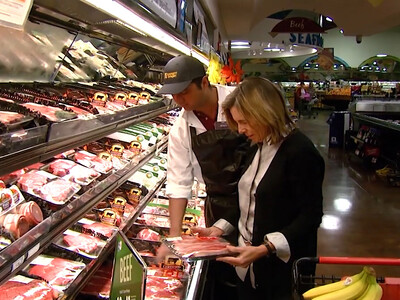New Look at Marbling
New Look at Marbling Development
The more cattlemen understand about marbling - the better the chances of making more. Animal scientists across the country are determining what makes a bovine cell turn into different types of fat or muscle. After the break we learn more about some marbling research, I’m KayDee Gilkey with Open Range.?
Texas Tech Researcher Dr. Brad Johnson explains that traditionally the thought has been that marbling, the white flecks seen when looking a steak or ribeye, was usually the last type of fat to be deposited in animal. His research surprisingly has discovered that marbling is more closely matched up with muscle cells rather than fat cells.
Johnson: “In fact we are learning as part of this research we are done in our team, we are learning that marbling development it actual happens in gestation for that animal. Via pheto-programming mechanisms we can impact potential marbling for that calf inutrual what its outcome is going to be for the feeding period.”
Johnson says this research could be an exciting gateway for new management strategies and products aimed at increasing beef quality and efficiency in tandem.
Johnson: “Much of the research in our lab has been to exploit those differences that with the hope that at some point maybe we are able to intervene and increase marbling significantly but without increasing back fat. Obviously with the increase in commodity prices, feed efficiency is such a huge concern and as animals get fatter, feed efficiency worsens.
I’m KayDee Gilkey with Open Range on the Northwest Ag Information Network.


